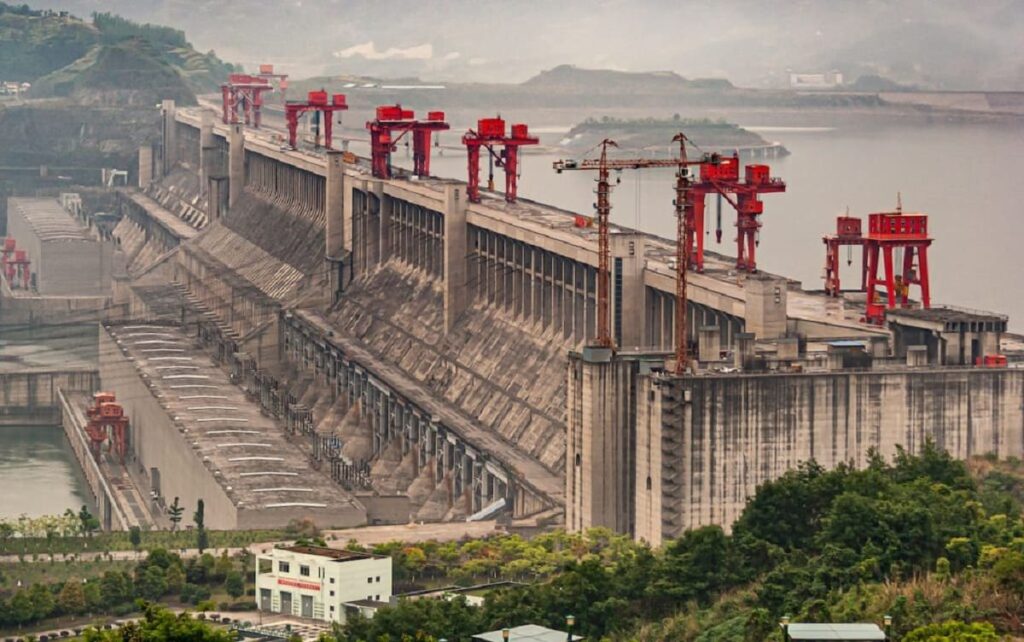Hold onto your hats because I’m about to unravel the secrets behind a marvel that’s been turning heads – quite literally. Nestled in the heart of China lies the mammoth structure known as the Three Gorges Dam, a behemoth of engineering prowess that’s been rewriting the rules of hydroelectric power since its completion in 2006.
The Chinese Giant: Three Gorges Dam
Let’s start with the basics. This colossal feat of engineering sits proudly on the Yangtze River, China’s lifeline. Stretching a jaw-dropping 2,335 meters in length and towering 185 meters above ground, the dam commands attention. And that reservoir? Brace yourself; it spans a whopping 660 kilometers and can hold a mind-boggling 39.3 billion cubic meters of water. Talk about making a splash!
Impact on Earth’s Rotation?

But here’s the kicker: how does a dam of this magnitude tinker with the Earth’s rotation? Well, it’s all about the physics. You see, Earth spins on its axis, dictating the rhythm of our days and nights. But this rotation isn’t set in stone; it wobbles ever so slightly due to various factors, including changes in mass distribution.
When the Three Gorges reservoir swells, adding its weight to the mix, it nudges Earth’s mass around ever so slightly. This subtle shift, known as the moment of inertia, tinkers with Earth’s rotation axis. In layman’s terms, it’s like spinning a top; the closer the mass is to the axis, the faster it spins. By filling up the Three Gorges reservoir, we’ve essentially given Earth a gentle nudge, slowing its spin by about 0.06 microseconds per day. It’s minuscule, sure, but sensitive instruments can detect it.
Real-life Impact?
Now, you might be wondering: does this cosmic tap on the brakes affect our daily lives? Not in the slightest. The changes in Earth’s rotation are so tiny that they won’t disrupt your morning coffee routine anytime soon. To put it into perspective, it would take roughly 175,000 years for this hiccup to add up to a full second. So, breathe easy; we’ve got time.
But here’s where it gets interesting. While we might not feel the effects in our day-to-day, scientists are keeping a keen eye on Earth’s wobbles. Why? Because these subtle shifts could hold clues to predicting seismic and volcanic activity. The way Earth’s mass is distributed is intimately tied to tectonic forces that trigger natural disasters. By monitoring these rotational changes, researchers hope to get a leg up on disaster prevention.
Not Alone in the Rotation Game
Now, you might be thinking: is Three Gorges Dam a lone ranger in this rotation rodeo? Nope. Turns out, other dams around the world are playing the same game, albeit on a smaller scale. From Egypt’s Aswan Dam to Zambia and Zimbabwe’s Kariba Dam, and even Russia’s Akoussoul Dam, these structures have all put their spin on Earth’s rotation, albeit to a lesser extent.
So, the next time you marvel at the sheer size and power of a dam like Three Gorges, remember: behind that engineering marvel lies a subtle but real impact on our planet’s dance through space. It’s a reminder of the intricate dance between humanity and the natural world, where our ingenuity leaves an indelible mark on Earth’s grand stage.






